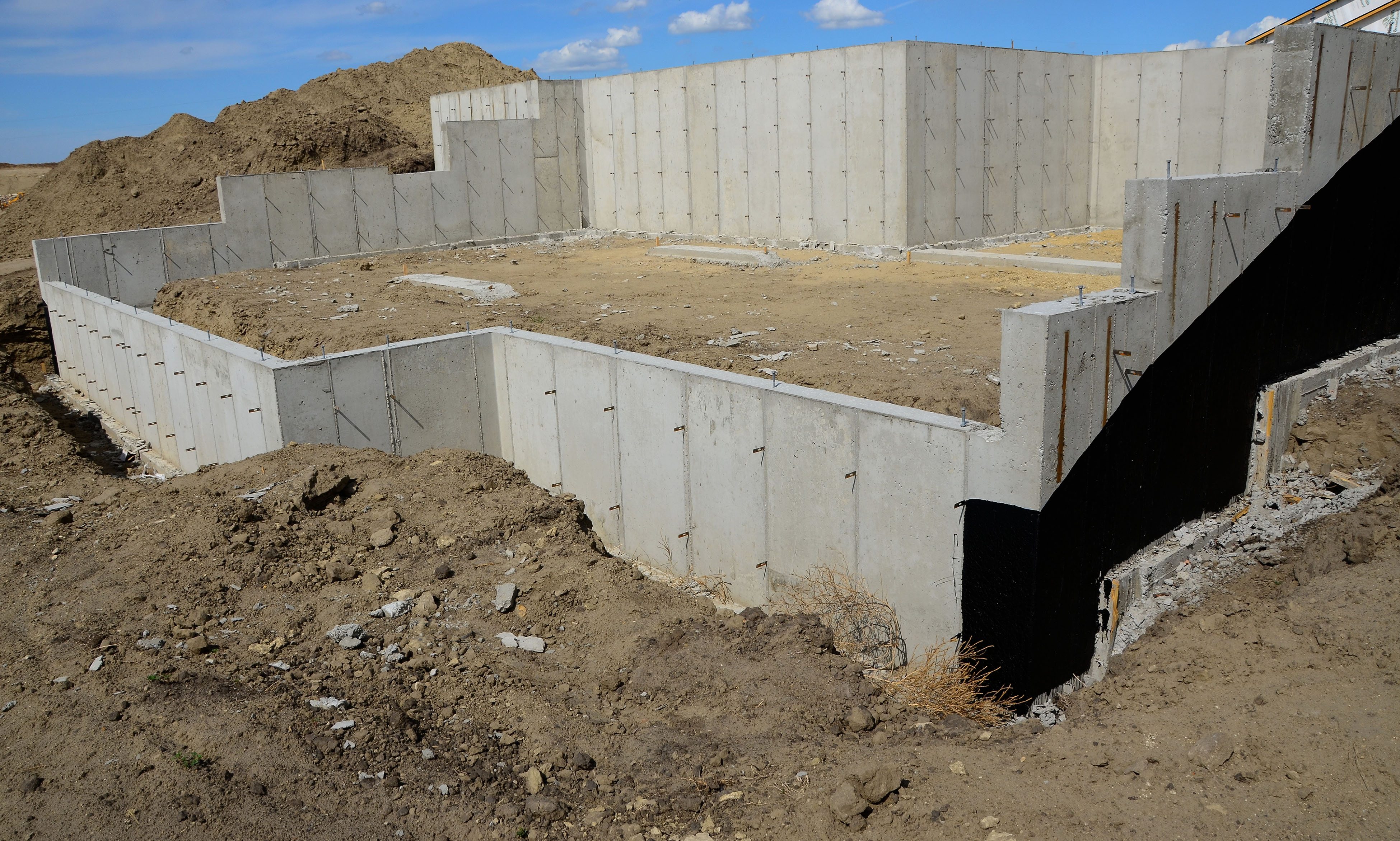Price wars are reactions to competitor price reductions and don’t take much thought: Joe’s company lowers his price so everyone follows suit. When work is slow, it’s a never ending battle.
The end result of a price war is usually that someone ends up out of business… and it could be you.
So we know what starts a war, but how does one keep from self-destructing during the battles?
The best way is to know your overhead and how it applies to your pricing. Once you forget your overhead in everyday bidding—and especially in a price war time—it’s too late.
What one needs to remember is that every company’s overhead is normally different. What you may not realize is that, by percentage, it could also be the same.
For example, a company that has 10 employees can have the same overhead percentage as a company with 100 employees. But knowing yours is the most important part of business!
Let’s look at an Assembly breakdown:
- COST OF MATERIALS: By most standards is the same for every company.
- LABOR: Even though a company thinks they have the fastest help, normally all labor is pretty close to being the same cost. Even if a company is paying piece work, it only insures that they do not go over cost.
So up until this point, everyone is the same.
- OVERHEAD: Why should overhead control your pricing? If Cost of Materials and Labor Cost are absolute facts, then the only variables left would be Overhead and the Profit Margin.
During a price war, the first thing to be challenged should be your Overhead and what can be cut.
Vehicles:
- Park all unnecessary vehicles.
- Empty the gas tank to working vehicles.
- Change insurance for all parked vehicles.
- Exchange parked vehicles in lieu of repairing vehicle.
Salaried Employees: (This includes the owner)
- Cut salaries to an employee sustainable existence verses layoffs. Layoffs should be of last resort.
- Optional: Owner to take Base salary as Loan to officer. This can be adjusted when things pick up.
- No new nonessential acquisitions.
Insurance:
- Shop all your insurance (minimum requirements).
Miscellaneous:
- Items to look at also include upgrades to software and computer hardware.
You can look around and see what else feels comfortable changing. You will be surprised how much you can save, which may stay the same as work picks up.
PROFIT MARGIN
This is the most difficult to figure out. Once you have estimated your lowest price based on Material, Labor and Overhead, it may take a few bids to see where your competitors sit before profit percentages can be established.
Keeping in mind that it will vary from Competitor to Competitor. Start with a percentage around 10% and if necessary, work your way down.
If you can find out who you are bidding against beforehand, you can establish a profit margin for each competitor. If you are bidding against all your known competitors, then you would naturally go with the lowest profit percentage.
Remember, you never want to bid below your cost. That would be Material + Labor + Overhead = Cost. You may want to establish the lowest profit margin you are willing to bid with.
If you would like to see how Estimate Concrete Software can help in all your bidding situations, let us know and we will set up a software demonstration.




